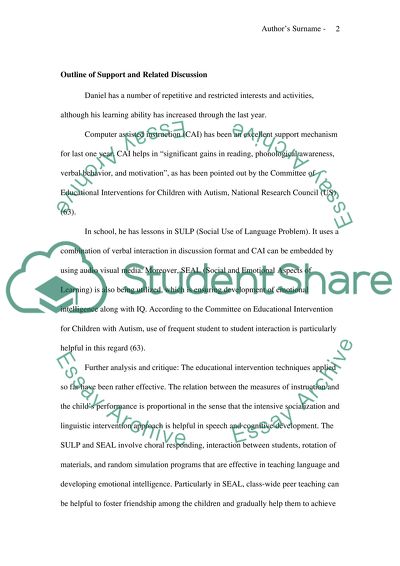Cite this document
(“An Investigation into How a Student with ASD Could Use Media as a Way Case Study”, n.d.)
Retrieved from https://studentshare.org/education/1430391-an-investigation-into-how-a-student-with-asd-could
Retrieved from https://studentshare.org/education/1430391-an-investigation-into-how-a-student-with-asd-could
(An Investigation into How a Student With ASD Could Use Media As a Way Case Study)
https://studentshare.org/education/1430391-an-investigation-into-how-a-student-with-asd-could.
https://studentshare.org/education/1430391-an-investigation-into-how-a-student-with-asd-could.
“An Investigation into How a Student With ASD Could Use Media As a Way Case Study”, n.d. https://studentshare.org/education/1430391-an-investigation-into-how-a-student-with-asd-could.


